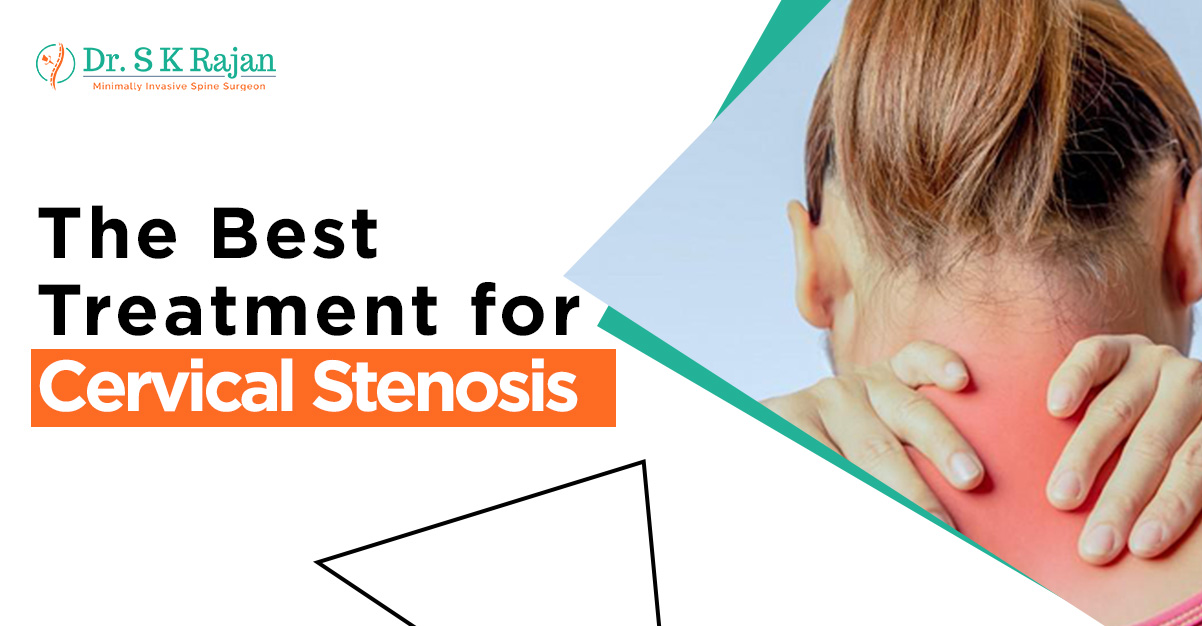
Cervical stenosis is a medical condition that occurs when the spinal canal in the neck narrows, which can put pressure on the spinal cord and nerves. The condition can cause various symptoms, such as neck pain, tingling, and arm and hand weakness. The best treatment for cervical stenosis depends on the severity of the condition, the location of the affected area, and the patient's overall health.
Non-Surgical treatment
The first step in treating cervical stenosis is relieving pressure on the spinal cord and nerves. Non-surgical treatments, such as physical therapy, medications, and lifestyle modifications, may be effective in some cases. Physical therapy can help strengthen the neck muscles and improve the range of motion, while medications can relieve pain and reduce inflammation. Lifestyle modifications may include avoiding activities that exacerbate symptoms, such as heavy lifting or prolonged sitting.
Surgery:
If non-surgical treatments do not provide relief, surgery may be necessary. The type of surgery will depend on the location and severity of the stenosis. The most common surgical procedures for cervical stenosis include laminectomy, laminoplasty, and anterior cervical discectomy and fusion (ACDF).
Laminectomy involves removing a section of the bone to create more space in the spinal canal, which can relieve pressure on the spinal cord and nerves. Laminoplasty is a similar procedure, but instead of removing the bone, a hinge opens up the spinal canal. ACDF is a procedure that involves removing the damaged disc in the neck and fusing the adjacent vertebrae to provide stability.
The choice of surgical procedure will depend on the location of the stenosis and the patient's overall health and preferences. Sometimes, a combination of procedures may be necessary to achieve the best results.
It is important to note that surgery for cervical stenosis has risks. Like any surgical procedure, there is a risk of infection, bleeding, and anesthesia-related complications. Additionally, surgery may not be effective in all cases, and some patients may experience a recurrence of symptoms.
When deciding on a treatment for cervical stenosis, it is essential to work closely with a qualified healthcare provider. It may include a neurologist, an orthopedic surgeon, or a physical therapist. A healthcare provider can help determine the most appropriate treatment plan based on the patient's needs and preferences.
Lifestyle Changes:
In addition to medical treatment, several lifestyle changes can help manage cervical stenosis symptoms. It includes maintaining a healthy weight, practising good posture, avoiding smoking and excessive alcohol consumption, and exercising regularly.
Hence, the best treatment for cervical stenosis depends on the individual patient's needs and preferences. Non-surgical treatments such as physical therapy and medication may be effective in some cases, while surgery may be necessary in others. Working closely with a qualified healthcare provider to determine the most appropriate treatment plan is essential. Additionally, lifestyle changes such as maintaining a healthy weight and practising good posture can help manage symptoms and prevent further complications.


